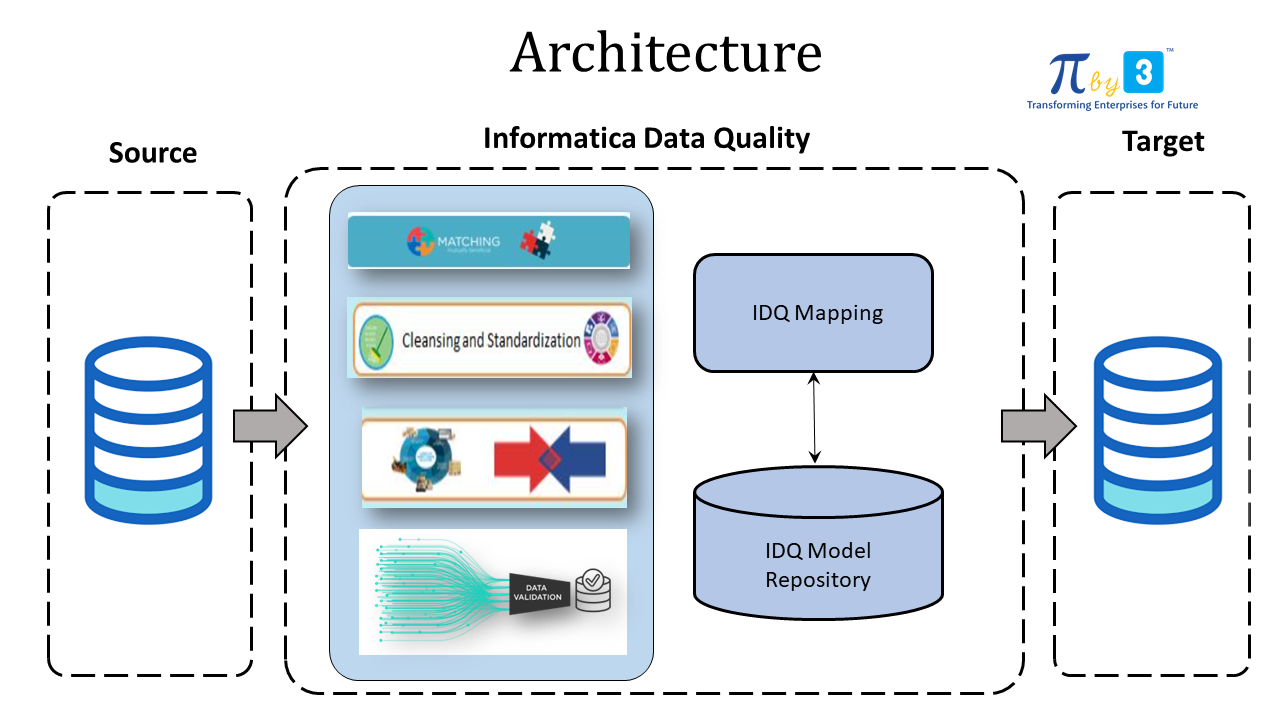Nowadays data is everywhere. Companies rely heavily on data to make informed business decisions, from customer behaviour to financial transactions. However, not all data is created equal. Poor data quality can have a significant impact on the effectiveness of decision-making processes, potentially leading to poor business outcomes.

The degree to which data is fit for its intended purpose is referred to as data quality. In other words, it assesses the data's accuracy, completeness, consistency, timeliness, and relevance. Poor data quality can occur for some reasons, including data entry errors, system problems, or outdated information.
Data quality is critical because it affects the accuracy and reliability of business decisions. Poor data quality can lead to:
Inaccurate Insights: Decision-makers rely on data to provide insights into business operations. Poor data quality can lead to incorrect conclusions, potentially leading to missed opportunities or costly mistakes.
Inefficient Operations: Poor data quality can also lead to inefficient operations. For example, data entry errors can result in duplicate records or missing information, leading to wasted time and resources.
Damaged Reputation: Poor data quality can also damage a company's reputation. For example, sending inaccurate or irrelevant marketing messages to customers can lead to decreased customer loyalty.
To achieve high-quality data, organizations must establish data governance policies and procedures that outline data quality standards and processes. Data governance policies should define the roles and responsibilities of data stakeholders, including data owners, data custodians, and data stewards, and provide guidelines for data quality monitoring and improvement. Improving data quality requires a systematic approach that involves identifying the root causes of data quality issues, implementing data quality controls, and continuously monitoring and improving data quality over time. Some key steps to improving data quality include:
Data Profiling: Understanding the quality of your data is the first step in improving it. Data profiling involves analyzing data to identify inconsistencies, errors, and other issues that impact data quality.
Data Cleansing: Once data quality issues are identified, data cleansing techniques can be used to clean and correct the data. This can include removing duplicates, standardizing data formats, and correcting errors.
Data Enrichment: Data enrichment involves adding additional data to existing data sets to enhance their value. For example, adding demographic data to customer records can help businesses better understand their customers.
Data Governance: Data governance policies and procedures help ensure that data quality is maintained over time. This includes establishing data quality metrics, roles, and responsibilities, and implementing processes to monitor and improve data quality.
Data validation: Data validation is the process of checking data to ensure that it conforms to predefined standards and requirements. Data validation can be performed manually or through automated processes using software tools.
Data quality tools: Data quality tools are software applications designed to help organizations improve the quality of their data. These tools can automate data profiling, cleansing, validation, and monitoring processes, making it easier to maintain high-quality data over time.
Completeness: The data includes all the necessary information required for the intended purpose.For example, a database of customer information should have complete records for each customer, including name, address, phone number, and email.
Accuracy: The data is correct and reliable, with minimal errors.For example, a financial dataset should have accurate transaction amounts, dates, and descriptions to ensure accurate reporting.
Uniqueness: The data contain a distinct value.For example, a customer database should only have one record for each customer to avoid duplicate or redundant data.
Consistency:The data is uniform and coherent across all sources and systems.For example, a company's customer data should be consistent across their sales, marketing, and customer support systems.
Timeliness: The data is up-to-date and relevant to the current business needs. For example, a dataset of stock prices should be updated in real-time to ensure accurate stock market analysis.
Validity:The data conforms to a specific set of rules and standards.




